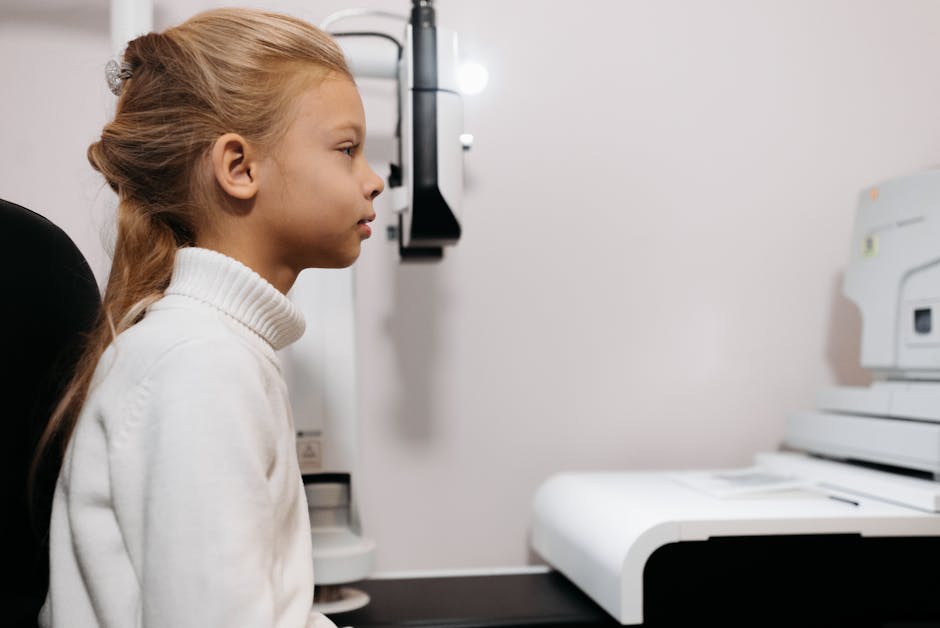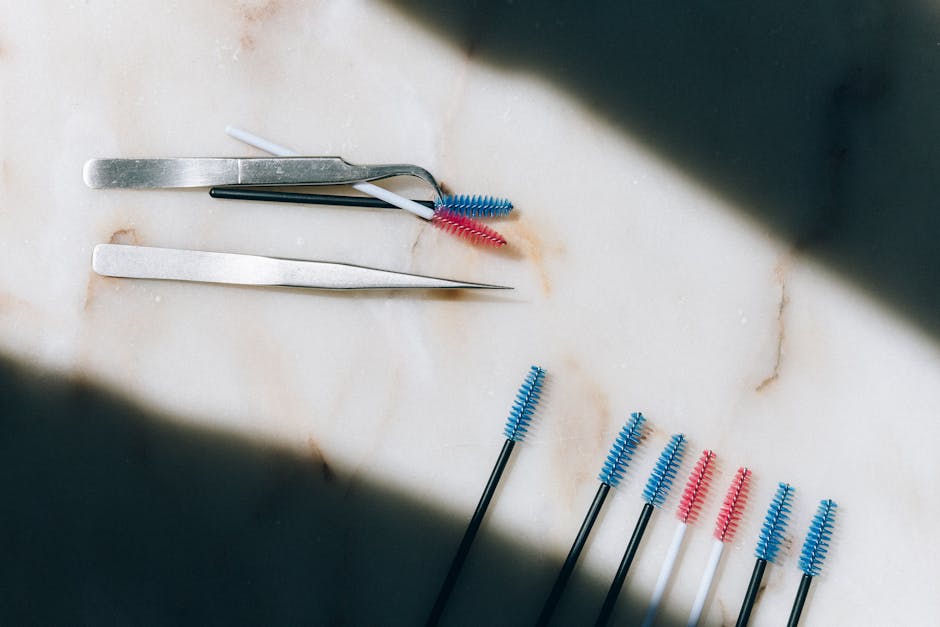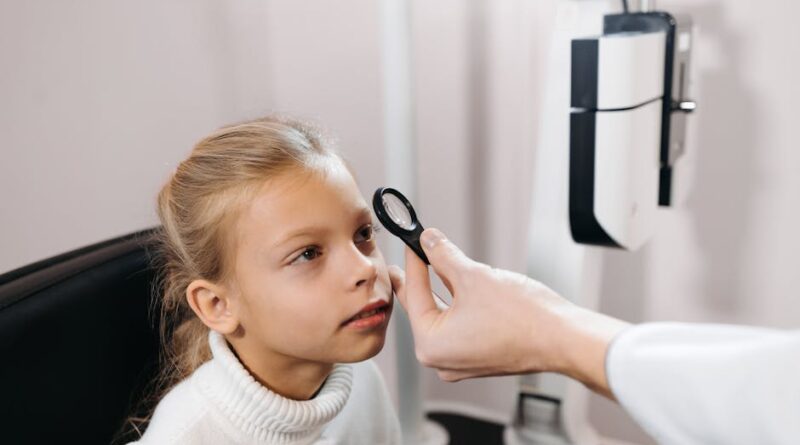Exploring Pediatric Eye Treatment Options
Do you know that about 1 in 4 kids has some form of vision problem? that’s a lot! As parents, we want our children to see the world clearly. But what happens when they can’t? Lets dive into the different eye treatment options for children. Well explore how to spot issues, what treatments are available, and what to expect along the way.
How Can You Tell If Your Child Needs Eye Treatment?

Kids can’t always express what they see (or don’t see). So, how do you know if they need help? Look for these common signs:
- Squinting or tilting their head to see better
- Complaining of headaches or tired eyes
- Difficulty reading the board at school
- Covering one eye
If you notice any of these signs, it’s time to schedule an eye exam. Regular check-ups can catch issues early, which is crucial for effective treatment.
What Are Common Pediatric Eye Conditions?

Kids can experience a range of eye problems. Here are some of the most common:
- Refractive Errors: This includes conditions like nearsightedness (myopia) and farsightedness (hyperopia). These conditions mean that the eye doesnt focus light correctly.
- Amblyopia: Also known as lazy eye, this occurs when one eye doesnt develop properly. The brain starts to ignore the weaker eye.
- Strabismus: This is when the eyes are misaligned. One eye might look straight ahead while the other turns in or out.
- Conjunctivitis: Commonly known as pink eye, this condition causes redness and irritation. It can be due to infections or allergies.
Recognizing these conditions early can lead to better treatment outcomes. If your child shows signs of any of these issues, consult an eye doctor.
What Treatments Are Available for Pediatric Eye Issues?

Once you know what’s going on, it’s time to explore treatment options. Here are some common methods:
1. Glasses: A Simple Solution
For many kids, glasses are the go-to solution. They help correct refractive errors like nearsightedness and farsightedness. Glasses come in many styles, making them fun for kids to wear.
2. Contact Lenses: A New Option
Some older kids may prefer contact lenses. They sit directly on the eye and can offer a more natural field of vision. Plus, they can be more comfortable for sports or activities.
3. Eye Patches: Treating Amblyopia
If your child has amblyopia, an eye patch may be necessary. This treatment covers the stronger eye, forcing the weaker eye to work harder. Over time, this can help improve vision.
4. Eye Drops: For Strabismus
For strabismus, eye drops can be used to blur the vision in the stronger eye. This encourages both eyes to work together. it’s essential to follow the doctors instructions closely.
5. Surgery: When Necessary
In some cases, surgery may be needed. This is often true for strabismus or severe refractive errors. Surgery can realign the eyes or change the shape of the cornea.
Always discuss options with your eye doctor. They can provide guidance on what’s best for your child.
What Can Parents Do to Support Their Childs Eye Health?

As a parent, you play a vital role in your childs eye health. Here are some ways to support them:
- Encourage regular eye exams. it’s important to catch issues early.
- Promote healthy habits. A balanced diet rich in vitamins A, C, and E supports eye health.
- Limit screen time. Too much screen exposure can lead to eye strain.
- Teach good hygiene. Remind kids not to rub their eyes and to wash their hands regularly.
These simple steps can help maintain your childs vision and health.
What Should You Expect During an Eye Exam?
If you’re heading to an eye exam, you might wonder what will happen. Heres a simple breakdown:
- Your child will look at charts or pictures to test their vision.
- The doctor may use special instruments to check eye health.
- Your child might have their eyes dilated. This helps the doctor see inside the eye.
The exam usually takes about 30 minutes to an hour. it’s a straightforward process, and you can ask questions at any time.
How Can You Help Your Child Adjust to Their Treatment?
Starting treatment can be a big change for your child. Here are some tips to help them adjust:
- Make it fun! Let them pick out their glasses or contacts.
- Reinforce the importance of their treatment. Explain how it helps them see better.
- Be patient. It can take time to get used to new glasses or contacts.
Support and encouragement go a long way in helping your child adapt.
What Are the Latest Advances in Pediatric Eye Care?
Eye care for kids is always evolving. New treatments and technologies are making eye care more effective. For example:
- Orthokeratology: Special contact lenses reshape the cornea overnight. This can reduce myopia progression.
- Telemedicine: Some eye exams can now be conducted online. This makes it easier for parents to get help without leaving home.
- Advanced imaging technology: New tools allow doctors to see the eye in more detail, making diagnosis easier.
These advancements mean better outcomes for kids with eye issues.
What Are Common Misconceptions About Pediatric Eye Treatments?
Many parents have questions about eye treatment for their kids. Lets clear up some common misconceptions:
- Myth: Kids can’t wear contact lenses until they’re teenagers. Fact: Many children as young as 8 can successfully wear contacts.
- Myth: If a child has 20/20 vision, they don’t need an eye exam. Fact: Regular exams are still essential to catch hidden issues.
- Myth: All eye problems are genetic. Fact: While genetics play a role, environmental factors also contribute to vision issues.
Understanding the facts can help you make informed choices for your childs eye health.
What Are the Takeaways for Parents?
As we wrap up, here are some key points to remember:
- Regular eye exams are crucial for catching issues early.
- There are many treatment options available, from glasses to surgery.
- Support your child through their treatment journey.
- Stay informed about new advancements and common misconceptions.
Your childs vision is vital. By being proactive and informed, you can help ensure they have the best possible care. If you have further questions, consider visiting the American Academy of Ophthalmology for more information.
Remember, a clear vision leads to a brighter future!



